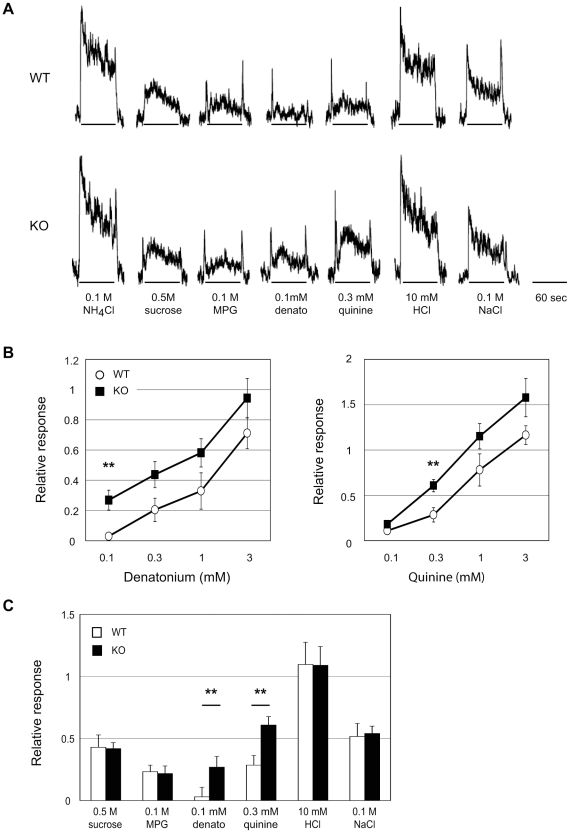Figure 7. Whole-nerve recordings from the glossopharyngeal nerves of WT and Serca3 KO mice upon taste stimuli.
(A) Representative responses of the glossopharyngeal nerves to the taste substances: sweet (0.5 M sucrose), umami (0.1 M MPG), bitter (0.1 mM denatonium (denato) and 0.3 mM quinine), sour (10 mM HCl), and salty (0.1 M NaCl). The responses to 0.1 M NH4Cl were used as reference for data analysis. The robust responses to bitter-tasting substances were recorded from the Serca3 KO mice versus WT mice. (B) Concentration–response curves to the bitter taste compounds denatonium (left) and quinine (right) indicated the significantly increased nerve responses to 0.1 mM denatonium and 0.3 mM quinine obtained from Serca3 KO mice (filled squares) compared with those of WT mice (open circles). (C) Integrated neural responses, such as those shown in (A), were normalized to the response elicited by 0.1 M NH4Cl. No significant difference in the nerve responses to sweet, umami, sour, and salty tastes is apparent between WT mice (open bars) and KO mice (filled bars). Data are means ± SEMs (n = 6–8). Mixed-model ANOVA and post hoc t-tests were performed (**p<0.01).

